Sorry for the repeat; I've posted this elsewhere but I don't think anyone noticed it at the end of a long, boring thread:
Hi all -- Permit me to report here some results of a morning get-together with the head engineer at Capital, Joey Kitabayashi, and a service tech (whose name I'm blanking on).
It seems my simmer can definitely be turned lower. Not necessarily at the fine-tuning screw level behind the knobs, but upstream, at the black funnel-shaped air intake valve located underneath the drip pans. A clue to this is that the blue flames coming out of the ports on my burners were "lifting" - they didn't erupt from the burner at the metal, but there was a air gap between ignited flame and metal burner. This was made to go away by adjusting the air mix and *then* the flame was adjustable downward with the little screwdriver.
And guess what: Mr Joey gave me an adorable little long-shank 3/32" slotted screwdriver branded with the Capital logo that fits. How cool is that? ;) (Sorry, I know this is trivial, but I just love that little thing. It's snuggled in a drawer next to my range. It works, it's easy to adjust the flame (they watched me do it), and ... I dont have to trudge out to a sixth hardware store looking for this thing ... except that I do have to go back to the third to return the driver I bought that doesn't work. :( )
Now, Mr Joey and I chatted for many long hours, principally about customer relations. He's working on getting that adorable to screwdriver to anyone who wants it. Mind you, I'm not Capital and I'm not promising, but it's my understanding that they're definitely sitting up straight and about to launch into Remedial Customer Relations 101.
In their defense, among many other interesting things I learned today, is that Capital has received very, very few calls complaining about the simmer. There have been a lot of complaints on here about it. But they aren't getting translated to the folks who need to know and can do something about it.
As a personal matter, I am culpable, doubly in some sense because I happen to live near their factory. They are endearingly desperate to be introduced to problems in their backyard so that they can at least get things perfect here before tackling, say, Maryland. It's a long plane trip to New York, and they've indeed been undertaking service calls that far away.
So that's another interesting point: Capital is a smaller endeavor than some may realize. I tried to make the point to Joey that the size of the operation is measured to we consumers in some sense in terms of reputation of product quality, not, say, gross profit or units produced. But from their point of view, it's just a bunch of guys in a warehouse south of here. They don't have a sales army of distributors to relay customer information to them; they need to hear it from you, personally, on the phone. Joey answers customer service calls sometimes.
On to the substantive issue, the simmer. It is Joey's hope, belief and contention that they can actually adjust all the people's machines with "simmering problems" downward. However, what that means practically, is another matter. Not in terms of doing the adjustment, but what will constitute a good-enough simmer.
He told me and I believe him, that he's committed to trying to work on each and every simmer problem presented to them on a case by case basis. More out there may be remedied in the same manner as my machine's. There may be different solutions as well. I got quite an earful about the myriad parameters affecting gas flow and ultimately temperature. While that machine may be essentially simple, the focusing of its flame is not.
So - back to my service call. They managed to get the temperature way lower and then we set on to "simmer" a panful of canned baked beans. They appeared to simmer lowly very nicely for a while. Most definitely better than had been; possibly enough low that I might not be complaining. With time however the glop did continue to heat up and eventually started to scorch. So I know that this was all very interesting to Mr Joey. In some sense the jury's still a little bit out about whether my machine, then, has achieved a "true simmer"; the definition of that elusive quality has yet to be nailed down.
But at least I believe in the course of my conversation with Joey we were quite agreed that a practical definition is most important, that is one relevant to a home cook, involving home-cooked items and a homecook's needs (e.g., all-day simmering without constant monitoring, no scorching, thick and thin, etc).
He is, BTW, extremely desirous of developing real-life, practical feedback about all of this. He recognizes (now) that boiling water is all well and good for a factory/lab test but that translating results to a more practical milieu matters. I think this is an important step for us CC owners (personally).
What else?...drat; forgot to ask about the cooling fan.
Other interesting tidbits: the convection necessarily draws air around through the middle of the oven's interior cavity, hence the temperature there is necessarily, always lower. They're going to undertake some more, practical, experiments on this in the factory.
Oh yes -- the bottom line is that, as I understand it, Capital believes it quite possible that each and every simmer problem out there can be addressed and improved. Whether it will be improvable enough is still a little unclear. So in the meantime, they are indeed in the process of developing a simmering plate for their machine. How that will be distributed, cost, etc, is entirely unknown as of now.
However, most important was also this information about the actual engineering. The paradigm, if you will, of how the burner varies from low flame to high, is not like, say, turning a light bulb dimmer from low to high. It's more like, um, well -- don't know if this is a good analogy for all, but more like on my stereo's receiver there's a large "volume" dial, and then a smaller "loudness" dial. The loudness kicks in its particular sound spectrum at the lower end of volume; after a certain volume the 'volume' knob takes over.
With these burners it seems there's a main, basically a cylinder like it sounds to me, a car's cylinder. This adjusts the flow of gas on a large scale and affects the blast furnace end of things, the 23K BTU part. Then at the bottom end of things is this adjustment screw that controls the low-end simmering part. It's not particularly related to the gross adjustment. And hence, it is, theoretically, possible to "have it all", a burner that ranges from low-end simmer to blast furnace. Still in discussion, however, is just how low a simmer capability needs to be from a practical, home-cook's standpoint.
And I'm going to have to go in a second here, possibly before conveying all. But let me just say that this bit, the discussion of what is low-enough practically, is something that was made clear to me Capital is very willing to hear from its customers (and potential customers) regarding. They have a website, with contact information on it. I urge sundry to contact them (even if I myself am utterly chicken about doing so).
gotta run, sorry .... more later if it occurs.
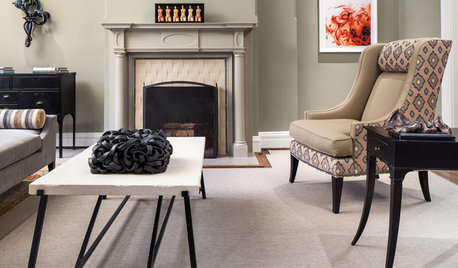
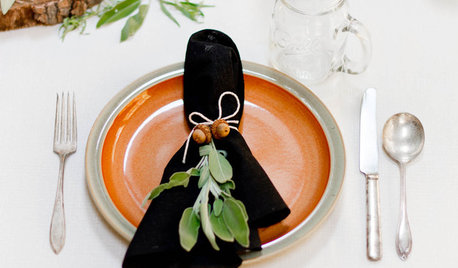

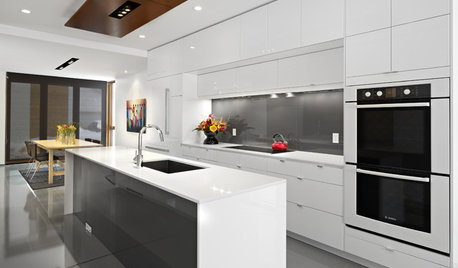




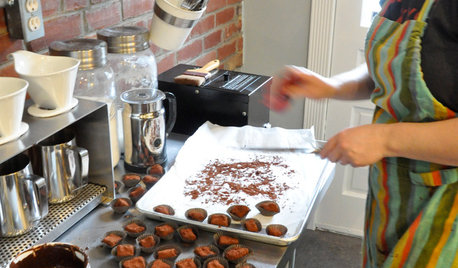
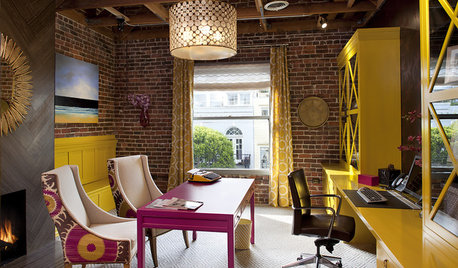






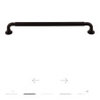
billy_g
tyguy
Related Professionals
Bethpage Kitchen & Bathroom Designers · Lockport Kitchen & Bathroom Designers · Covington Kitchen & Bathroom Designers · Cleveland Kitchen & Bathroom Remodelers · Ewa Beach Kitchen & Bathroom Remodelers · Manassas Kitchen & Bathroom Remodelers · Overland Park Kitchen & Bathroom Remodelers · Pasadena Kitchen & Bathroom Remodelers · Sioux Falls Kitchen & Bathroom Remodelers · Tempe Kitchen & Bathroom Remodelers · Winchester Kitchen & Bathroom Remodelers · Aspen Hill Cabinets & Cabinetry · Hammond Cabinets & Cabinetry · Middletown Cabinets & Cabinetry · Sunset Cabinets & Cabinetryjscout
PeterH2
Caddidaddy55
aliris19Original Author
tyguy
MichelleDT
marcolo
mojavean
mojavean
mojavean
tyguy
zartemis
billy_g
D Ahn
jscout
mangiamo
marcolo
mangiamo
jscout
marcolo
tyguy
plllog
IceMan965
tyguy
Caddidaddy55
aliris19Original Author
billy_g
Caddidaddy55
aliris19Original Author
jscout
billy_g
billy_g
Caddidaddy55
PeterH2
mojavean
PeterH2
PeterH2
venmarfan
aliris19Original Author
PeterH2
aliris19Original Author
mojavean
plllog
aliris19Original Author
IceMan965
PeterH2
zartemis
toddimt